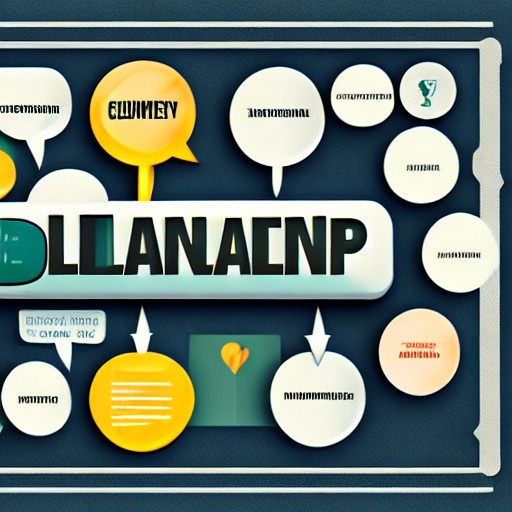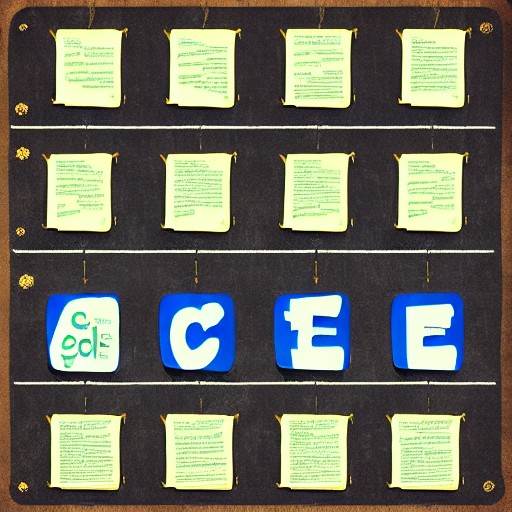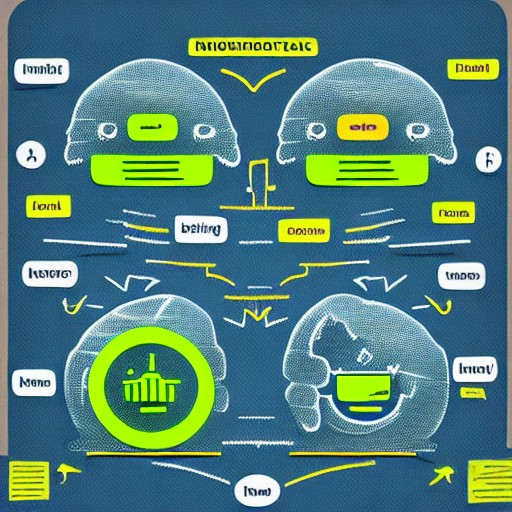The Language of Leadership: Effective Communication Strategies
As a leader, effective communication is key to achieving success. Whether it’s communicating your vision, delegating tasks, or giving feedback, the way you communicate sets the tone for your team and impacts their ability to execute. Here are some strategies for effective communication that can help you become a better leader.

1. Understand Your Audience
Effective communication starts with understanding your audience. Tailor your message to the audience you are addressing. Consider factors such as their knowledge level, experience, and cultural background. This will help you to use language and terminology that they can understand and relate to.

2. Be Clear and Concise
Clarity is crucial in effective communication. Make sure your message is clear and concise. Avoid using jargon or technical terms that your audience may not understand. Use simple language and focus on the most important points. Being concise will help you to keep your message focused and avoid confusion.

3. Listen Actively
Effective communication is a two-way street. Listening is just as important as speaking. Active listening means fully focusing on what the other person is saying, not just hearing them. This involves paying attention to nonverbal cues, such as body language and tone of voice. Active listening shows your team that you value their input and encourages open communication.

4. Use Positive Language
Positive language is a powerful tool in effective communication. Using positive language can inspire and motivate your team. Avoid negative language that can create fear and demotivate your team. For example, instead of saying “Don’t make mistakes,” say “Let’s strive for excellence.”

5. Provide Constructive Feedback
Feedback is a critical component of effective communication. As a leader, it’s your responsibility to provide feedback that helps your team improve. Constructive feedback is feedback that is delivered in a positive manner and focuses on specific actions or behaviors. This helps your team to understand what they are doing well and where they can improve.

6. Use Visual Aids
Visual aids can be a powerful tool in effective communication. Visual aids such as graphs, charts, and diagrams can help to illustrate complex ideas and make them easier to understand. Visual aids can also be used to emphasize key points and help your team to remember important information.

7. Be Authentic
Authenticity is crucial in effective communication. Being authentic means being true to yourself and your values. It means being honest, transparent, and open with your team. Authenticity builds trust and creates a sense of connection with your team.

8. Adapt Your Communication Style
As a leader, it’s important to be able to adapt your communication style to different situations and personalities. Some people may prefer a more direct communication style, while others may prefer a more collaborative approach. Adapting your communication style to suit the situation and the individual can help to build stronger relationships and improve communication.

Conclusion
Effective communication is key to successful leadership. Understanding your audience, being clear and concise, active listening, using positive language, providing constructive feedback, using visual aids, being authentic, and adapting your communication style are all strategies that can help you to become a better communicator and a more effective leader. By using these strategies, you can build stronger relationships with your team, inspire and motivate them, and achieve your goals together.